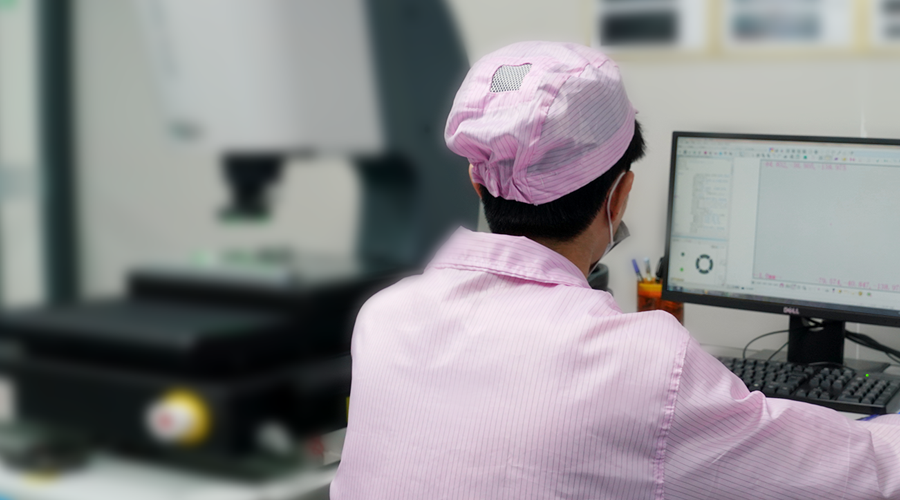How do
lithium battery manufacturers test lithium batteries?
In general, lithium battery manufacturers conduct capacity division testing, loading testing, charge and discharge testing, short circuit fault detection, internal resistance testing, working voltage testing, resistor testing, current maintenance testing, set machine testing, and so on when leaving the factory. Let's take a look below.
(1) Internal resistance experiment: The internal resistance experiment is an indicator value to distinguish the power consumption of the lithium battery pack itself. When the internal resistance is too high, it can harm charging and discharging, and even cause inability to charge and discharge.

(2) Volumetric experiments: Volumetric experiments are conducted separately with 1C for standardized experiments, general experiments, and rapid experiments. The activity of lithium battery packs is mainly to better clarify the volume and characteristics of the battery pack.
(3) Charge and discharge inspection: The purpose of battery charge and discharge inspection is to distinguish whether the charging power circuit of lithium battery packaging is normal. There are certain regulations for detecting the working voltage and current of battery charging.
(4) Overcurrent protection experiment: After the lithium battery pack is fully charged, adjust the charging and discharging current with a variable resistor to gradually increase the current. When the charging and discharging current exceeds a certain working voltage value, the current of the charging and discharging control circuit will be cut off, and the current will be zero. The current amount before the record is broken is the overcurrent protection current amount.
(5) Short circuit fault experiment: The key to the short circuit fault experiment is to distinguish whether the overcurrent protection function of the
lithium battery pack is normal or not. Generally speaking, the testing standard is to use a fully intelligent detector, and special attention should be paid to the short circuit fault time being less than 3 seconds during detection. It is not allowed to use the multimeter current range or working voltage range for short circuit fault detection.
